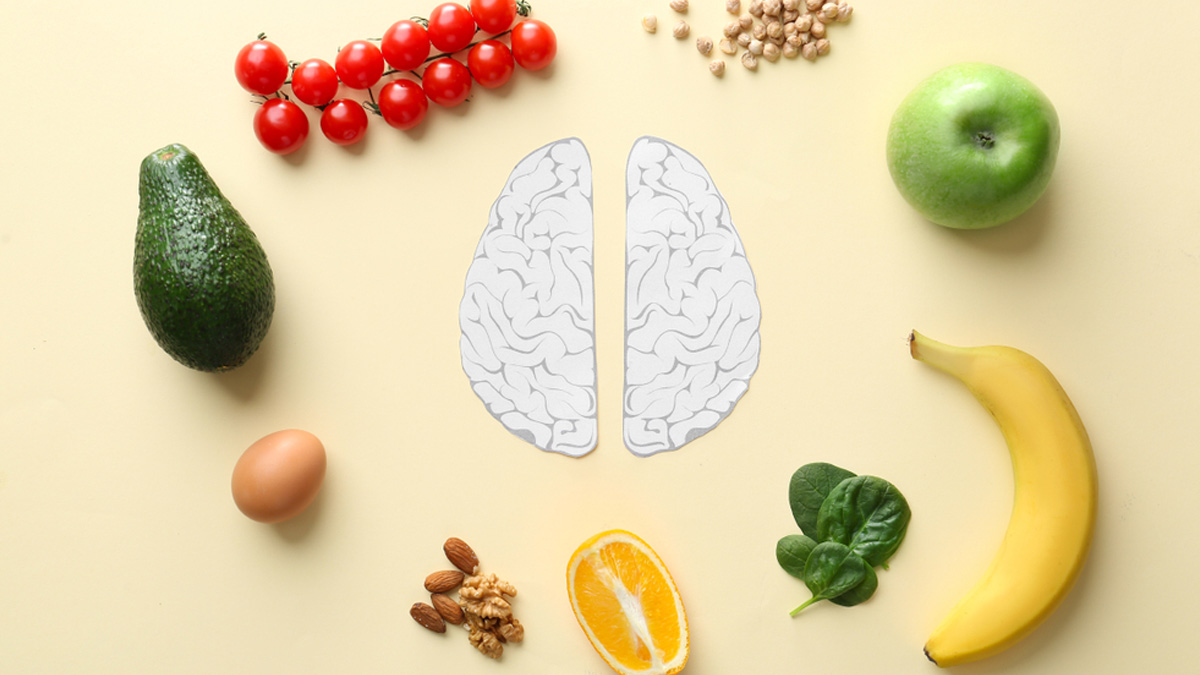.jpg)
Cerebral palsy is a group of neurological conditions that affect movement and muscle coordination. Reportedly, more than 17 million people worldwide are living with the condition. In India, the estimated incidence is around 3/1000 live births, as per a study published in the British Medical Journal (BMJ).
Table of Content:-
According to the National Institute of Neurological Disorders and Stroke, cerebral palsy causes damage to the brain, affecting its ability to regulate muscle movement and maintain balance, making it difficult to perform several tasks. This includes movements involving chewing, swallowing, and eating, posing a great risk of malnutrition. In this article, we will discuss the role of the Percutaneous Endoscopic Gastrostomy (PEG) tube in treating nutritional deficiencies in children with cerebral palsy.
Also Read: Know The Types, Symptoms, Causes And Treatment Of Cerebral Palsy From A Neurologist
Cerebral Palsy And The Risk Of Malnutrition

A study published in the Wiley Online Library suggests that irrespective of the degree of motor impairment, all children with cerebral palsy are at risk of malnutrition, adding that "growth and nutrition disorders are common secondary health conditions in children with cerebral palsy."
According to Dr Abhishek Gupta, Consultant Paediatrician and Paediatric Intensivist, Manipal Hospital, Gurugram, cerebral palsy causes several gastrointestinal complications that inhibit normal eating behaviour.
He said, "Children with significant neurological impairment are unable to sync tongue movement with eating, and most of the time the fed food item comes out or goes in the respiratory tract rather than the oesophagus or food pipe, which increases the risk of nutritional deficiencies, poor growth, and aspiration pneumonia."
He added, "Inadequate nutrition, atypical body alignment, limited movement, tense muscles, trouble swallowing, excessive salivation, and drooling can all trigger digestive problems in kids with cerebral palsy."
Role Of PEG Feeding Tube: How Does It Work

Dr Gupta said, “PEG significantly improves malnutrition in paediatric patients and does not cause any major complications,” referring to it as beneficial and cost-effective and indicating that it has a high rate of tolerability in paediatric cerebral palsy patients with malnutrition.
Detailing how the PEG feeding tube works, he explained, "The PEG tube is inserted directly into the stomach through the abdominal wall. This procedure is typically done with the guidance of an endoscope, allowing for a minimally invasive approach. Once in place, the PEG tube provides a pathway for delivering nutrition, medications, and fluids directly into the stomach, bypassing the oral route. This method ensures that the child receives essential nutrients despite difficulties in normal eating behaviour."
Also Read: 9 Things To Know About Cerebral Palsy
To help us understand the role of the PEG tube, Dr Gupta shared the case of a six-month-old baby with a history of cerebral palsy who was previously on an orogastric (OG) tube, which is a feeding tube inserted into the mouth.
The infant suffered from recurrent aspirations (secretion trickled down to breathing air pipe but not in food pipe) that were leading to pneumonia and causing continuous discomfort and recurrent admission, he said.
He was then attended to by the medical team headed by Dr Gupta, who removed the OG tube and replaced it with the PEG tube.
"It offered the child a fresh lease of life by increasing the eating capacity and eliminating the microaspiration that was causing pneumonia due to OG tube secretion," the doctor noted, adding, "The PEG tube is the ideal method of feeding and providing nutrition to cerebral palsy children who need nutrition, as it provides better access to the gastrointestinal tract than surgical approaches."
According to a 2006 study published in the Archives of Disease in Childhood, a gastrostomy feeding tube was found to be an effective intervention in treating malnutrition in children with cerebral palsy with no evidence of increased respiratory morbidity.
The study highlighted a population-based study of gastrostomy tube-fed children with cerebral palsy, which found a one-year survival rate of 91%, a two-year survival rate of 83%, and a four-year survival rate of 76%. It also referred to a survival analysis of non-institutionalised children with severe cerebral palsy following gastrostomy, which revealed that 84.2% were alive a year following surgery and 73.5% at two years.
Understanding The Benefits Of PEG Tube

In children with cerebral palsy, gastrostomy tube feeding is increasingly being used for nutritional support, said Dr Gupta. He mentioned that there are no such major complications associated with PEG tube insertion.
Some of the benefits of the feeding method include:
Provides nutrition
The PEG tube helps the child get adequate nutrition as it allows them to receive nutrition directly through the stomach.
Helps in growth
It reduces the risk of malnutrition in children, therefore helping them in their growth and development.
Smaller in size
The PEG tube is less in diameter, therefore there is less chance of injury to the patient.
Prevents pneumonia
The danger of aspiration can be minimised when the PEG tube goes through the mouth and throat and provides the food straight to the stomach. Lowering the risk of aspiration can lead to a decreased incidence of pneumonia.
Conclusion
Malnutrition in children with cerebral palsy is a significant problem as it poses the risk of other health conditions. A PEG feeding tube is considered one of the most effective ways to treat and prevent the onset of nutritional deficiencies, helping to promote growth and development in children with cerebral palsy. It is advisable to explore your options and speak to your healthcare provider about the best method to support your child.
Also watch this video
How we keep this article up to date:
We work with experts and keep a close eye on the latest in health and wellness. Whenever there is a new research or helpful information, we update our articles with accurate and useful advice.
Current Version
